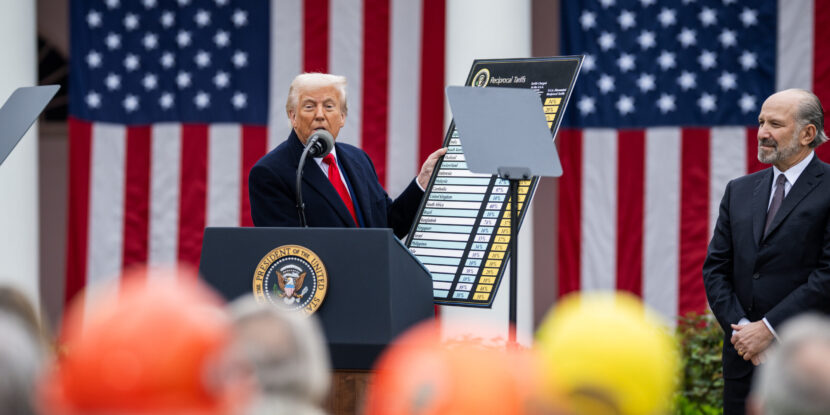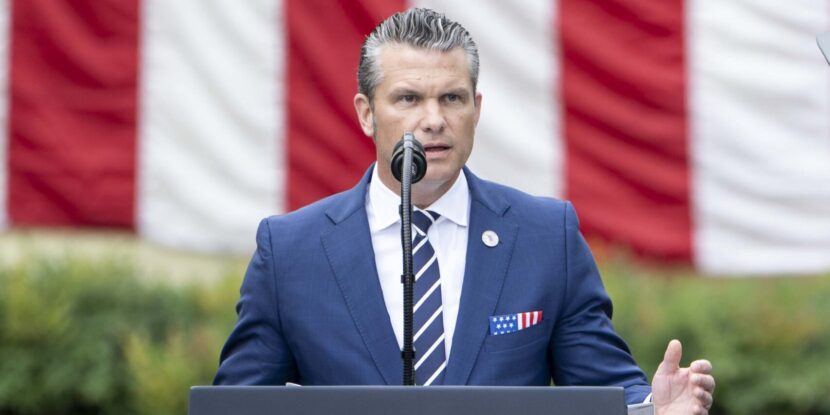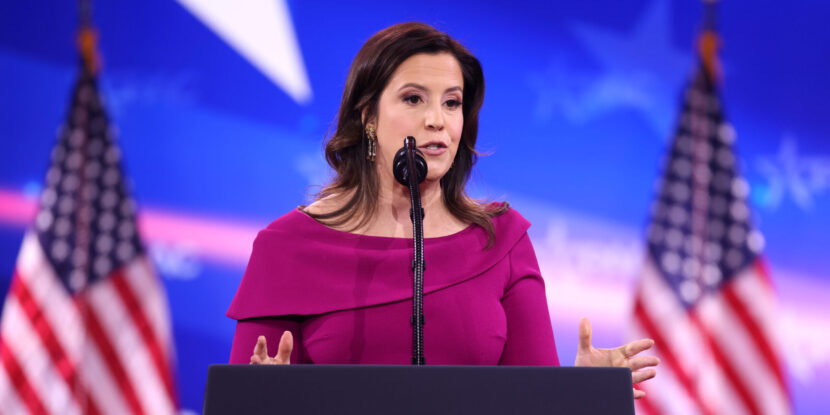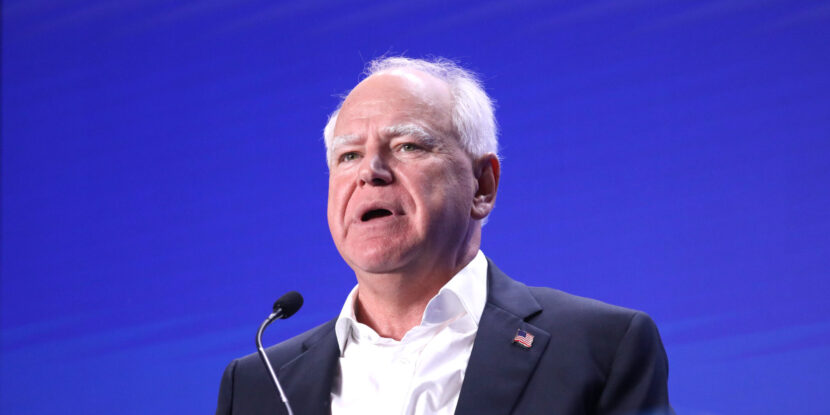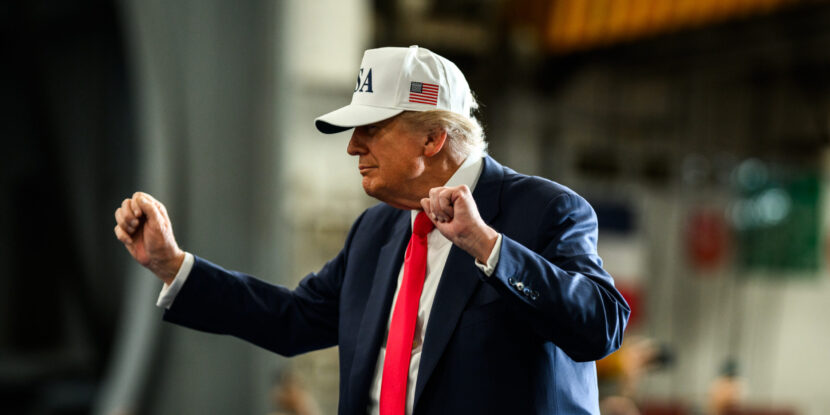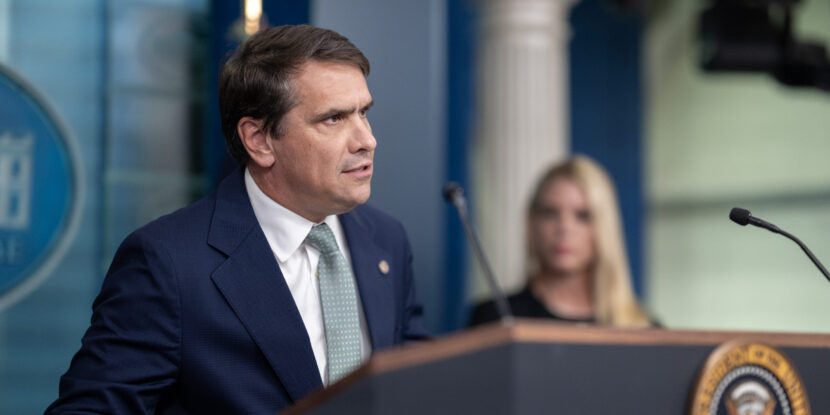❓WHAT HAPPENED: The U.S. collected over $30 billion in tariff revenues in August, marking the highest monthly total so far for 2025.
👤WHO WAS INVOLVED: The Treasury Department, President Donald J. Trump, Attorney General Pam Bondi, and the Department of Justice (DOJ).
📍WHEN & WHERE: August 2025, with data released Thursday, and tariffs remaining in place through at least October 14.
🎯IMPACT: Tariff revenues for 2025 have already surpassed $183 billion, cutting the budget and trade deficits.
The Trump administration collected over $30 billion in tariff revenue in August alone, marking the highest monthly total of 2025 so far, even with data from the last three days of the month not yet factored in. According to Treasury Department figures released last week, total tariff revenue for the year has already surged past $183 billion, more than double what had been collected by this point last year.
Revenue has climbed fast in recent months, from $17.4 billion in April, to $23.9 billion in May, $28 billion in June, and $29 billion in July. At this pace, the government could match last year’s full-year tariff take in just a few months.
The surge comes as President Donald J. Trump’s trade agenda gains traction again, both economically and legally. Despite a federal appeals court ruling that said Trump overstepped by using emergency powers to impose global tariffs, the court has allowed the tariffs to stay in place through October 14. Attorney General Pam Bondi announced that the Department of Justice (DOJ) is appealing the anti-tariff decision to the Supreme Court.
Trump’s tariffs, aimed at levelling the playing field for American workers against sweatshop economies and countries that price out American expoirts through tariff and non-tariff trade barriers, are already “reshoring” jobs to the United States. For instance, GE Appliances recently announced a $3 billion investment to move manufacturing from China and Mexico back to the U.S. Products like refrigerators and water heaters will now be built in states like Kentucky, Georgia, and Tennessee, bringing over 1,000 new jobs. CEO Kevin Nolan said the goal is “manufacturing close to our customers.”
The U.S. goods trade deficit has seen major improvement, narrowing from $96.4 billion in May to $86.0 billion in June, thanks to falling imports, a sign that the tariffs are working as intended.
The Congressional Budget Office (CBO) now projects Trump’s tariff policy could slash the federal deficit by $4 trillion over the next decade, including $3.3 trillion in primary deficit reduction and $700 billion in interest savings. Customs duties alone could reach $200 billion by year’s end.
Join Pulse+ to comment below, and receive exclusive e-mail analyses.
